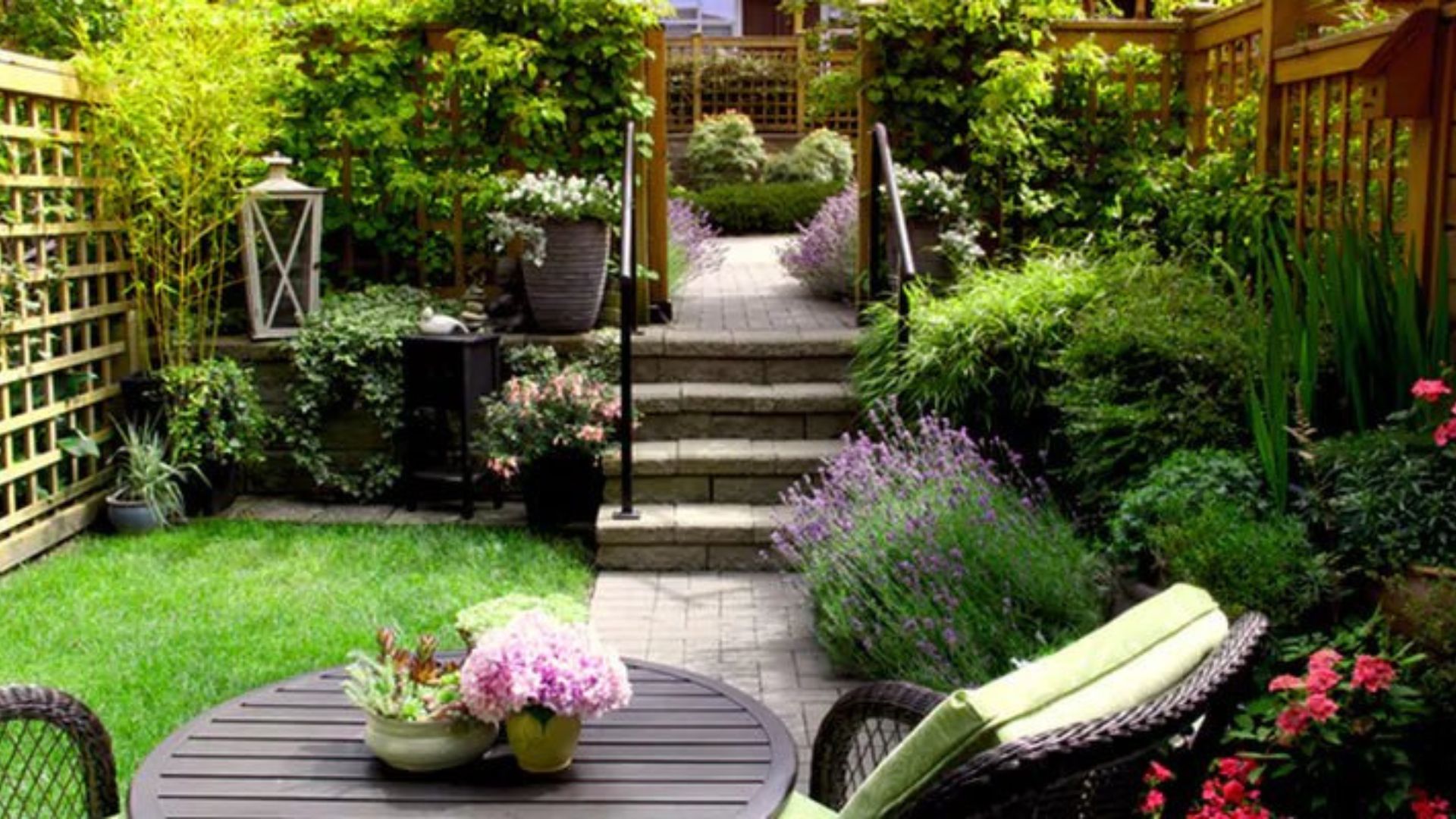Designing your nursery isn’t just about aesthetics — it’s about functionality. Nursery layouts for easy care help you reduce labor, improve plant health, and enhance customer experience. Whether you’re managing a home-based nursery or a full-scale business, your layout should support daily tasks, streamline watering, and minimize plant stress.

Start with a Clear Zoning Plan
First, divide your nursery into distinct zones based on plant types and care requirements. Grouping similar plants together — such as shade-lovers, succulents, or edibles — makes watering, pruning, and pest control more efficient. Create designated areas for propagation, sales, potting, and storage. A thoughtful zoning plan prevents confusion and allows your team (or yourself) to move through daily tasks with ease.
Prioritize Accessibility and Pathways
Next, design wide, accessible paths between plant rows or sections. This simple yet essential element of nursery layouts for easy care ensures that you can navigate carts, hoses, or wheelbarrows without damaging plants. Use gravel, paving stones, or mulch for walkways to prevent mud buildup and keep maintenance low. Clear paths make it easier to monitor plant health and allow customers to browse comfortably if your nursery is open to the public.
Use Vertical Space for Smaller Plants
To make the most of limited space and reduce bending or lifting, consider using vertical displays or tiered shelving for smaller plants. Vertical layouts are ideal for herbs, succulents, and seedlings. They also improve air circulation and drainage, which lowers the risk of fungal diseases. Additionally, vertical structures can create visual interest, guiding visitors naturally through your nursery while making care routines more ergonomic.
Centralize Watering and Drainage Systems
Efficient water management is critical in any nursery layout. Install centralized irrigation systems like drip lines or overhead misters tailored to each plant zone. Avoid hand-watering unless necessary — it’s time-consuming and inconsistent. Also, ensure your nursery floor slopes gently to direct excess water toward a drainage area. Proper water flow prevents root rot and keeps work areas safe and clean.
Create a Workspace for Potting and Propagation
Every functional nursery needs a designated area for potting, propagating, and other hands-on tasks. Keep this zone stocked with soil mixes, containers, tools, and labels. Locate it near your main water source for easy cleanup and convenience. A clean, organized workspace not only boosts productivity but also reduces cross-contamination between plants. When planning nursery layouts for easy care, this space often becomes your operational hub.
Incorporate Shade and Sun Structures Wisely
Control over sunlight exposure is essential for plant care. Use shade cloths, pergolas, or adjustable covers to protect light-sensitive plants during hot weather. On the other hand, sun-loving varieties should be placed in open, southern-facing areas. Plan your layout with the sun’s movement in mind — this helps maintain optimal growing conditions while reducing the need to move plants frequently, which can cause stress.
Consider Customer Flow if Selling On-Site
If your nursery doubles as a retail space, factor in customer movement. Design an intuitive layout with directional signage, display tables, and focal points. Avoid clutter and keep high-demand plants near the entrance or checkout area. This not only enhances the customer experience but also keeps delicate or labor-intensive plants out of high-traffic zones. A layout that serves both staff and visitors makes for smoother operations all around.
Conclusion: Layouts That Work as Hard as You Do
A smart layout is one of the best investments you can make in your nursery. By focusing on nursery layouts for easy care, you simplify your routine, promote plant health, and create a welcoming space for customers. Whether you’re expanding an existing setup or starting from scratch, plan with long-term ease in mind — your plants (and back) will thank you.










